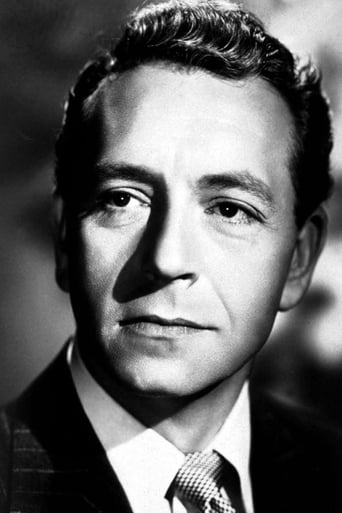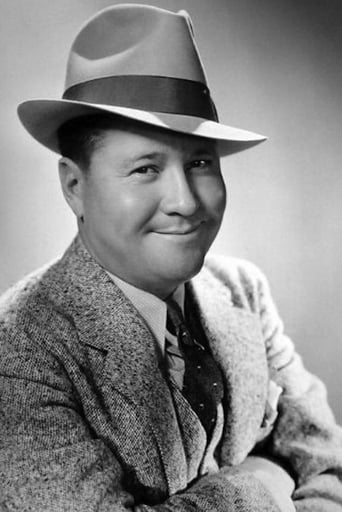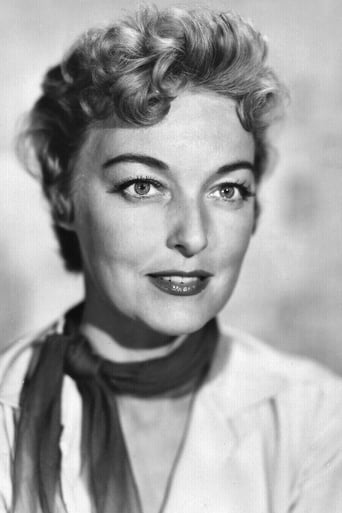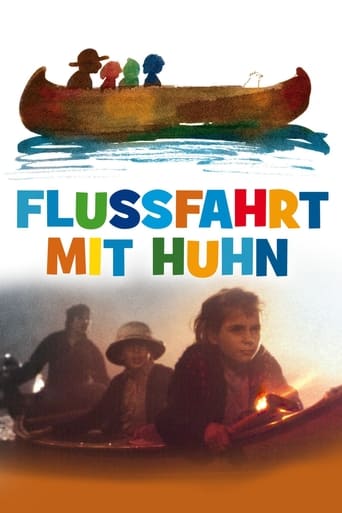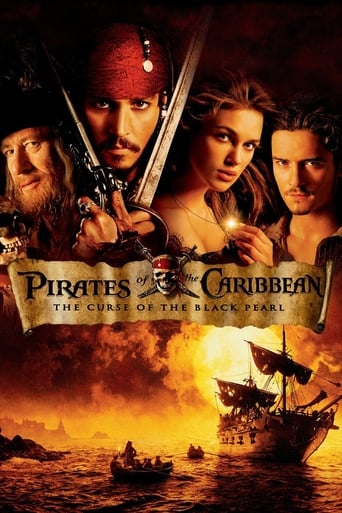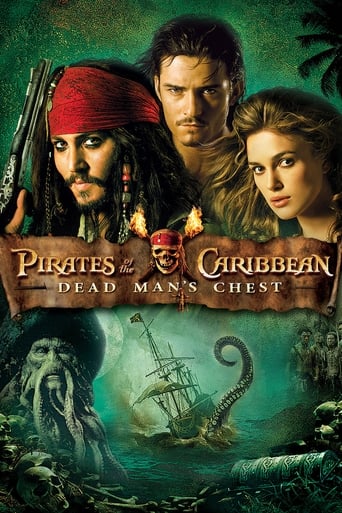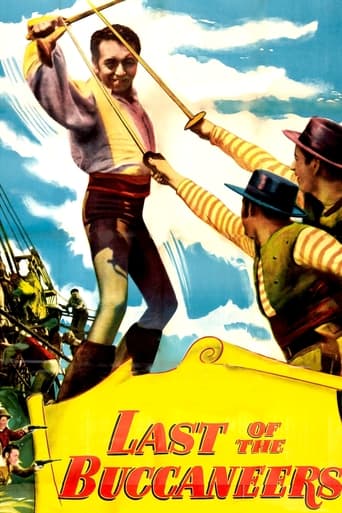
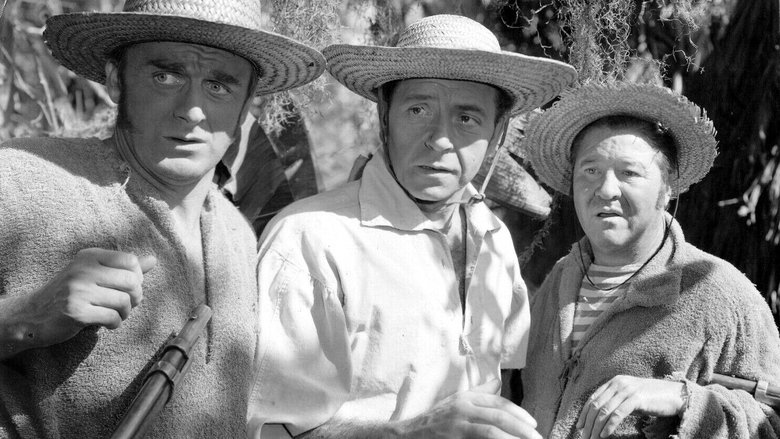
Last of the Buccaneers (1950)
Swashbuckler about the adventures of pirate Jean Lafitte after he helped save New Orleans from a British invasion during the War of 1812.
Watch Trailer
Cast
Similar titles
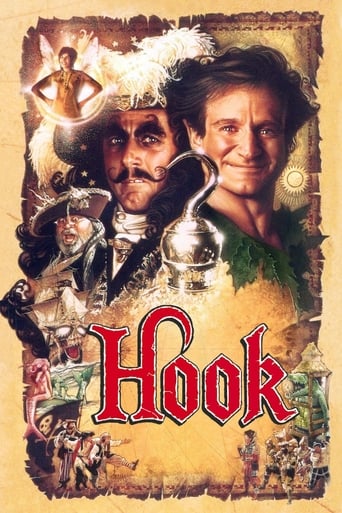
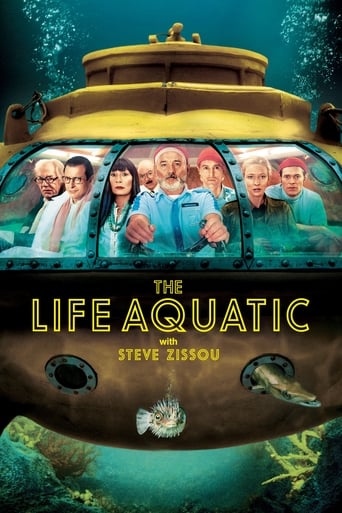
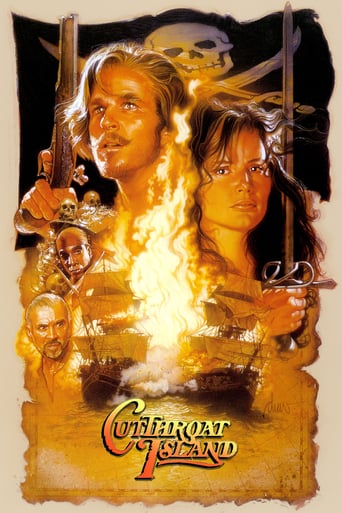
Reviews
If you don't like this, we can't be friends.
Good concept, poorly executed.
Excellent but underrated film
It’s not bad or unwatchable but despite the amplitude of the spectacle, the end result is underwhelming.
Director: LEW LANDERS. Original screenplay: Robert E. Kent. Photographed in Technicolor by Vincent Farrar. Film editor: Henry Batiste. Art director: Paul Palmentola. Set decorator: Sidney Clifford. Music director: Mischa Bakaleinikoff. Technicolor color consultant: Francis Cugat. Unit manager: Herbert Leonard. RCA Sound System. Producer: Sam Katzman.Songs: "A Pirate from Kentucky" (Oakie); "I Wish I Were Single Again" (guard); "Annie Laurie" (orchestral).Copyright 1 October 1950 by Columbia Pictures Corp. New York opening at the Palace: 14 December 1950. U.S. release: October 1950. U.K. release: 5 February 1951. Australian release: 26 October 1951. 79 minutes. U.K. length: 7,081 feet.SYNOPSIS: New Orleans, 1812. Pirate Jean Lafitte attacks Spanish ships from a stronghold on the island of Galveston.COMMENT: John Dehner (straight man): "Someone tell me you play ziss piano by ear." Jack Oakie (comic sidekick): "Yeah." John Dehner: "How can you get boss ears on zee piano at zee same time?"A tedious amalgam of patriotic jingo ("Oh, say can you see ... We'll see to it that Spain is defeated.") and Boys' Own juvenilia. Henreid makes a glumly uninteresting hero, while Oakie swaggers around like a wet pillow. However, the picture does have a certain perverse B-picture charm for those of us nostalgic for the Saturday matinee. Whatever else, there's plenty of valiant attempts at action, what with Indians attacking on the studio stage, lots of fights and special effects explosions. The producer has done marvels on an obviously limited budget.And it must be admitted that our thespic interest perks up considerably when the effervescent Mary Anderson comes on as the acrobatic Swallow. Hard to recognize the same girl who played the deranged survivor in Lifeboat and the equally possessive foster mother in To Each His Own! But it's Mary all right, looking most attractive in Technicolor, dazzling us with her energy and using her husky voice to invest even the most clichéd and humdrum of her lines with such a convincing veneer of histrionic gold as to easily outshine the rest of the cast: John Dehner stumbling over a drongo accent, Eugene Borden blustering with eye-rolling ham as a put-upon captain, Pierre Watkin trilling his lines measuredly as a penny-ante governor, Edgar Barrier as the blandest of cut-price villains ("A man who sells guns to Indians!"), and Karin Booth as the doll-like pretty but dull-like heroine. Among this assembly, Miss Anderson glows like a cough-drop in a bag of licorice. Single-handed, she makes The Last of the Buccaneers worth seeing.Landers has directed with pace but little style. Still, there's more than enough action to compensate for the ploddingly pedestrian stretches of dialogue. And by B-picture budgets even the most pneumatic proceedings are colorfully mounted and set.
Clearly, a low budget, rather short, Columbia Technicolor project. However, it's not without its moderate merits. Paul Henreid, previously the lead in the higher budget "The Spanish Main", may not be quite as charismatic as Errol Flynn, Tyrone Power or Yule Brenner, but he does OK as a gentlemanly pirate/privateer leader. At least, he treats his lady love much better than did Power in "The Black Swan"! Veteran comic actor Jack Oakie, along with John Dehner, are his sidekicks, who attempt to inject a bit of humor here and there.There are 2 significant women: Mary Anderson plays Swallow: a scrappy sword-wielding tomboy: one of several women brought to the pirate hangout at Galveston. Like many women, she aspires to be Lafitte's favorite. But Lafitte only has eyes for the high born gorgeous Belle Summer(Karen Booth), who certainly holds her own in comparison with Maureen O'Hara: Henreid's lady love in "The Spanish Main". Unlike most pirate stories, she and Lafitte are lovers from the beginning. But, it's complicated by the fact that she is the niece of the Spanish consul? in New Orleans, who hates Lafitte. This plot detail is very similar to the previous "Captain Blood"I'm very surprised that Pierre Watkins, as the historic Governor Claiborne, isn't listed as one of the main characters. He periodically interacts with the other main characters. Historically, Claiborne was the governor of New Orleans territory, later first governor of the state of Louisiana. One of the attractions of this film to me is its semi-historical basis, which induced me to check up on how the details stack up against history. The later higher budget film "The Buccaneers" deals with Lafitte's involvement in the 1814 "Battle of New Orleans", whereas the present film deals with his 1815- 20 period. In the film, Claiborne confiscates Lafitte's ships after he helped defeat the British, because of his previous pirate activity. Thus, Lafitte steals a Spanish merchant ship docked at N.O., after being commissioned by the consul of the revolutionary Venezuelan government to harm the Spanish as he could. Well, the real history is that Lafitte initially acted as a spy for the Spanish against the various revolutionaries, although this didn't last long. Later, after 1820, he was commissioned by the Columbian-Venezuelan navy to attack Spanish shipping. As in the film, Lafitte did establish a settlement on Galveston Island, then part of Mexico. However, unlike in the film, he was not the first European to do so. This happened to be where some colonial revolutionaries were hanging out and he went to check up on them for Spain. However, these soon left and, as in the film, Lafitte soon became like a king of this little settlement, even issuing 'letters of marquis' to wannabe privateers.In the film, the coastal Karankawa are shown attacking Lafitte's colonizing group with arrows and muskets: the latter presumably supplied by Lafitte's Spanish enemy Maravel. This sequence looks quite amateurish. Oakie even repeatedly fires a cannon from a small landing boat, which should have swamped it and injured the occupants from the recoils. Historically, there was such an attack, but only after a woman was stolen. Historically, like the other tribes in eastern and southern Texas, the Karankawa were generally friendly toward Europeans as well as between themselves, in contrast to the often marauding Comanche and Apache to the north and west.The film brings out the fact that the chief source of wealth for Lafitte's Galveston colony was the smuggling of captured goods into the US . Governor Claiborne declines to try to arrest Lafitte unless he attacked US shipping or was caught smuggling goods. However, Maraval eventually gets an agreement out of him to supply US troops to march overland to Galveston ready for an attack if it is proved that Lafitte's people are smuggling. This is a very unlikely and politically awkward operation! We have US troops marching over Spanish territory, apparently led by a Spaniard.The last part of the film deals with Lafitte being forced by the attack of US troops to abandon and burn his settlement. Historically, this was accomplished by a US warship. Lafitte had warned his captains not to attack US ships, but one eventually did, complaining that Spanish ships were now too heavily protected. According to the film, this disobedient captain was hanged.As others have noted , there are some amateurish-looking aspects of this film, such as in some of the horse-riding scenes, and the view of the burning settlement at the end. However, these are minor parts of the whole. There is a very strange scene where a paper containing Key's poem which later became "The Star Spangled Banner" is found on a pirate killed by the Indians! Can't imagine why this very unlikely happening was included??Caught this on TCM during the wee hours. Unlike most Hollywood films, the title is quite telling, as with Lafitte's death in battle a few years later, classical piracy in the Caribbean essentially ceased.
"Last of the Buccaneers" concerns Jean Lafitte (1776-1823), a French pirate and privateer who is best known for having fought in the Battle of New Orleans during the War of 1812. The film begins after the Battle of New Orleans.Austrian born Paul Henreid (1905-92) plays Lafitte, but he's no Burt Lancaster or Errol Flynn. Henreid was well past his prime (e.g., Victor Laszlo from "Casablanca" or Jerry Durrance from "Now Voyager"), and it shows. Shortly after this film Henried was a victim of the communist scare and was blacklisted as an actor, turning his attentions to directing and work on stage.Jack Oakie and John Dehner plays pirate sidekicks, and this may be the worst acting for either of them. Oakie is just plain out of his element and Dehner's accent is downright embarrassing.The special effects are cheesy and the fighting scenes look like a high school play.IMO the best pirate films are - Mutiny on the Bounty (1935) with Charles Laughton and Clark Gable, The Sea Hawk (1940) and Captain Blood (1935) with Errol Flynn, Treasure Island (1934) Wallace Beery and Jackie Cooper, Peter Pan (1953) Disney's animated version, The Crimson Pirate (1952) with Burt Lancaster, Pirates of the Caribbean: Curse of the Black Pearl (2003), The Black Swan (1942) with Tyronne Power and Maureen O'Hara, and Abbott and Costello Meet Captain Kid (1952) with Charles Laughton as Captain Kidd.
Starting with THE Spanish MAIN (RKO/1945) and continuing too the mid 1950s Paul Henried made a series of discount SwashBucklers. LAST OF THE BUCCANEERS is his effort for 1950 from Columbia. Henried plays JEAN LAFITTE a Pirate whose main claim to fame was his participation in the 'Battle of New Orleans' during the 'War of 1812'. This movie purports to show his adventures after that event.The print of the film is in first class shape and filmed in brilliant TechniColor, this is its sole saving asset. By 1950 the days of glory for Henried (and Bette Davis) at Warner Brothers were long gone. Now middle aged he (and her) were no longer suited for those classic romances, made obsolete post WWII. Henried's accent though was useful and it slated him for these action epics. As long as they were 'B' films with a budget that reflected the same and made money he had a job. Another curious casting was in comedic song and dance man Jack Oakie, like Henried now obsolete, though we could never understand his appeal anyway. Today he is best remembered for playing 'Benzini Napaloni' in THE GREAT DICTATOR (1940). His favorite role for us was when Lloyd Nolan made him eat lead in THE Texas RANGERS (1936) a fate he truly deserved.LAST OF THE BUCCANEERS is one of those films that if you are channel surfing and nothing else appeals to you is worth a look since it runs only 79 minutes. For real action on the high seas you are better off with Errol Flynn, THE SEA HAWK (1940) or Tyrone Power, THE BLACK SWAN (1942). For JEAN LAFITTE best to tune into THE BUCCANEER (1958). Yul Brynner does a commendable job and it features 'The Battle of New Orleans'.
